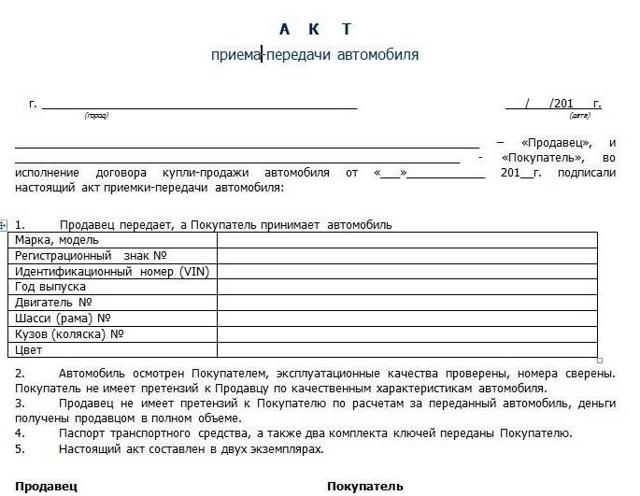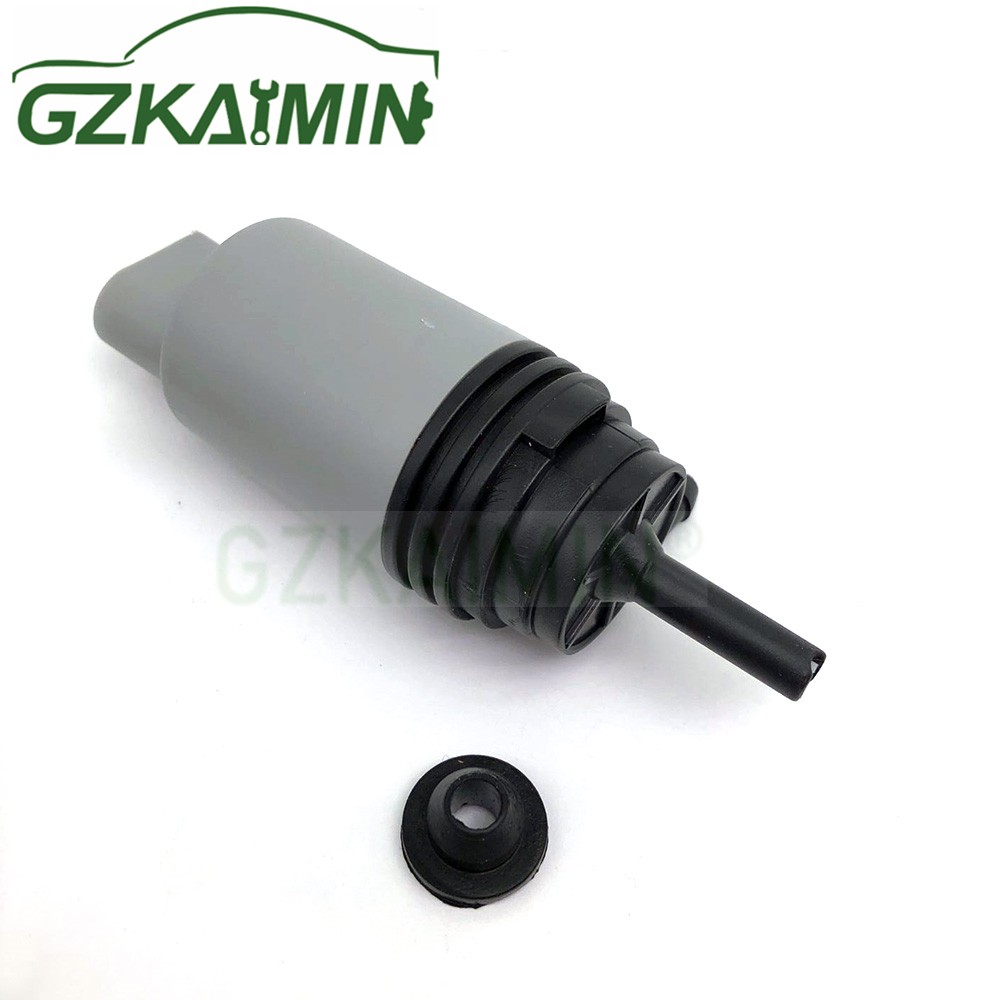
How to transfer ownership of a car
Content
Every vehicle that is driven on the roads in the United States must have a certificate of ownership. Vehicle title or title deed indicates the legal ownership of a vehicle by a specific person or company. You must have…
Every vehicle that is driven on the roads in the United States must have a certificate of ownership. Vehicle title or title deed indicates the legal ownership of a vehicle by a specific person or company. You must have a proof of ownership when you insure and register your vehicle, and you may need it to prove ownership in the event of a litigation.
Your vehicle name contains:
- Your legal name
- Your postal or physical address
- Your vehicle identification number or VIN
- Body type of your car and its use
- Year, make, model and color of your vehicle
- Your car's license plate
- Mileage on the odometer at the time the title was issued, along with the date it was read
You need to complete a title transfer if you:
- Buying a used car
- car For Sale
- Renunciation of ownership if your vehicle is written off by your insurance company
- Receiving a car as a gift from a family member or spouse
- Installing new license plates on your car
Part 1 of 3: Buying or Selling a Used Car
The transfer of ownership is most often associated with the purchase and sale of used vehicles. To be sure that you are following the process correctly and legally, be sure to follow the steps below.
- AttentionA: If you purchased a new car from a dealership that has never been registered or registered, you don't need to worry about transferring ownership. Car dealers arrange for a new title to be issued on all new car purchases.
Step 1: Fill out the bill of sale. If you have bought or sold a used car, you will need to fill out a bill of sale to prove that the transaction took place. This usually includes:
- Name, address and signature of the buyer and seller.
- Vehicle identification number
- Physical description of the vehicle, including year, make, and model.
- Current mileage at the time of sale
- Car selling price
- Any taxes paid for the transaction
A fully completed and signed sales contract is a legal document. A bill of sale can be used as a purchase agreement even if the funds have not yet been exchanged.
Step 2: Exchange of funds. If you are a car buyer, your participation in this transaction is key. You are responsible for receiving money to pay the seller of the car you have agreed to buy.
If you are a seller, it is your responsibility to ensure that the amount of money you receive from the buyer matches the amount you agreed upon.
- A warning: It is against the law for a seller to list a lower purchase price than the one charged for the vehicle on the sales invoice in order to pay less sales tax on it.
Step 3: Release ownership of the vehicle.. If you are a seller, you must initiate the process of releasing the vehicle from any liens as soon as you receive payment.
Typically, a lien is imposed by the lender or the bank if the car is being held as collateral for a loan.
Contact your financial institution and explain that you are selling a car.
If you have auto loan debt, you will need to take steps to prove that it will be paid in full once the collateral is released. This can be done by showing the bank staff the bill of sale.
Part 2 of 3: DMV Title Transfer
Each state has its own department of motor vehicles and the process may vary slightly from state to state, as well as fees and taxes due. You can visit DMV.org to check the requirements for your state. The general process and required information is the same no matter what state you live in.
Step 1: Get ownership of the car from the seller. Once you've completed the bill of sale and paid the seller, the car is now yours, but you also need to make sure you get the title from the seller.
Step 2. Complete the title transfer section of the title.. In the certificate of title, the "assignment of title" section must be completed when transferring title. Ask the seller to fill it out completely, including current odometer reading, date, your full name and the seller's signature.
If you were the seller when the vehicle was sold, you are responsible for completing this section of your ownership completely and providing it to the buyer.
If you are filing title to a vehicle left to you as part of a deceased person's estate, you will need to issue a transfer of title to the person holding the power of attorney for the estate.
Step 3: Submit your documents to the DMV. This can be done by mailing the documents or by appearing in person at the DMV office.
While your local DMV may be busy at times, visiting your local DMV will be the quickest way to transfer ownership. If you have all supporting documentation in order, it only takes a few minutes once you are at the front of the queue.
Whether you visit the DMV in person or mail in your forms, you will need to provide the same information. Submit to the DMV the title from the previous owner, the vehicle tax organization form, the Vehicle Deal Statement, and the required DMV taxes and fees in accordance with your specific state.
In many states, you also need to complete a form, sometimes known as a seller's report of sale, stating that the seller no longer has a legitimate interest in the vehicle they sold.
Step 4: Remove the license plates from the car. You can reuse them if you have a license for another vehicle.
Part 3 of 3: Reissue of an edition in case of loss or damage to the original
If you are selling a car and have lost or damaged your title deed, you will need to reissue it before you can transfer ownership to another person.
Step 1: Fill out the request form. Submit a duplicate of the Title Request Form to the DMV in person or by mail.
Include an appropriate fee for duplicate title.
Step 2. Get a new title. DMV will verify ownership of your vehicle and send you new ownership of it.
Step 3: Use a new title to transfer ownership. Now you can start filling in the title for your buyer to transfer it to his or her name.
When you take the time to properly complete all the required paperwork, the title transfer process can go very smoothly. To make sure you don't run into ownership or legal issues after you've bought or sold a car, be sure to go back to this step-by-step guide.
